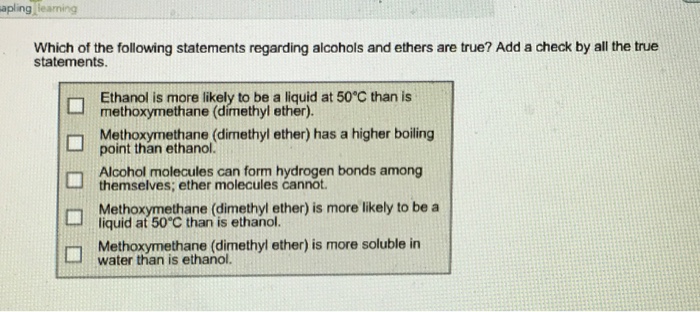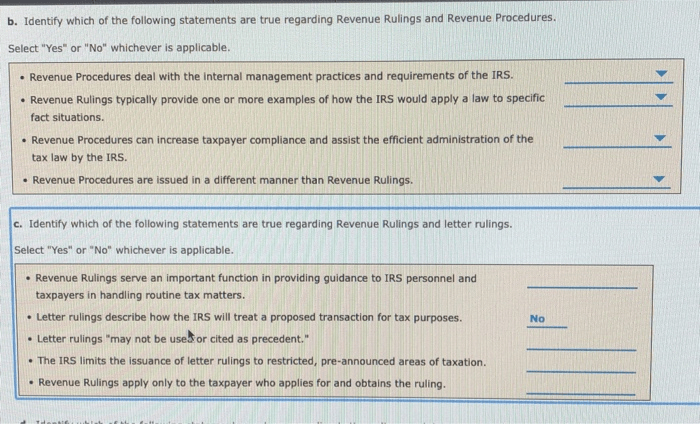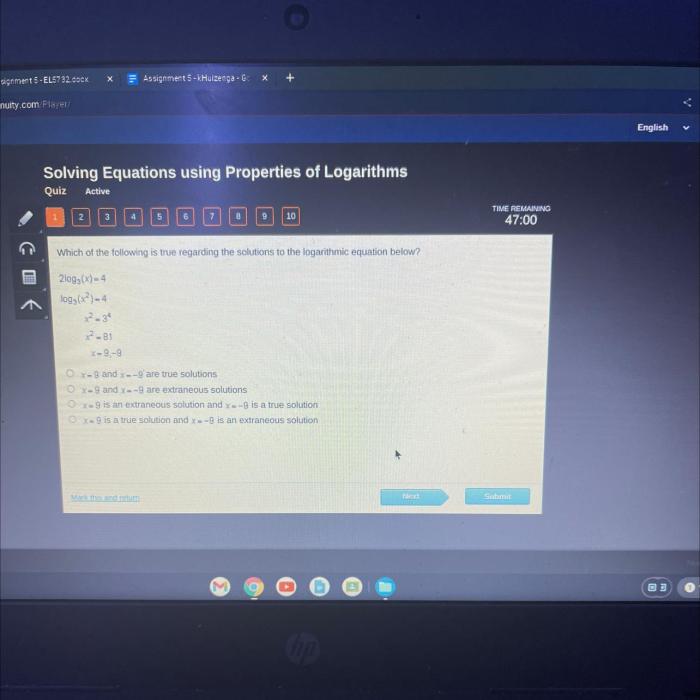In the realm of retail, planograms play a pivotal role in maximizing sales, optimizing shelf space, and enhancing customer experience. Which of the following regarding planograms is true CVS? This article delves into the intricacies of planograms, exploring their purpose, components, development, optimization, implementation, and evaluation.
By understanding these key aspects, businesses can harness the power of planograms to drive success.
Planograms serve as blueprints for store layouts, guiding the placement of products on shelves to maximize visibility, accessibility, and sales. They consider factors such as product sales data, customer behavior, and store layout to create optimal arrangements that enhance the shopping experience.
1. Planogram Basics

Planograms are visual representations of product placement on store shelves. They are used to optimize shelf space and improve product visibility, accessibility, and sales. Planograms help retailers maximize sales, reduce inventory levels, and enhance the customer shopping experience.
Key components of a planogram include product placement, shelf allocation, and facings. Product placement refers to the specific location of a product on the shelf, while shelf allocation determines the amount of shelf space allocated to each product. Facings represent the number of product units visible to customers on the shelf.
2. Planogram Development: Which Of The Following Regarding Planograms Is True Cvs

Planogram development involves several steps, including:
- Collecting data on product sales, customer behavior, and store layout
- Analyzing data to identify product performance and customer preferences
- Creating a draft planogram based on the data analysis
- Testing and refining the planogram through simulations or pilot studies
- Finalizing and implementing the planogram in the store
3. Planogram Optimization

Planogram optimization is crucial for ensuring that planograms remain effective and up-to-date. Optimization methods include:
- Data analysis to track sales performance and customer behavior
- Simulations to test different planogram scenarios
- Customer feedback to gather insights on product preferences and shopping habits
4. Planogram Implementation
Planogram implementation involves:
- Communicating the planogram to store staff
- Training staff on how to implement and maintain the planogram
- Monitoring planogram compliance to ensure accurate product placement
- Addressing any challenges or deviations from the planogram
5. Planogram Evaluation

Planogram evaluation is essential to assess the effectiveness of the planogram. Metrics used for evaluation include:
- Sales performance: Increase in sales for specific products or categories
- Customer satisfaction: Improved shopping experience and ease of finding products
- Inventory levels: Reduction in out-of-stock situations and improved inventory management
FAQs
What is the primary purpose of a planogram?
The primary purpose of a planogram is to optimize store layouts and product placement to maximize sales, enhance customer experience, and improve inventory management.
What are the key components of a planogram?
Key components of a planogram include product placement, shelf allocation, facings, and adjacencies.
How can planograms be optimized?
Planograms can be optimized through data analysis, simulations, customer feedback, and ongoing monitoring.